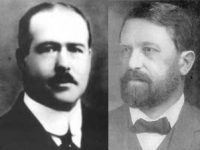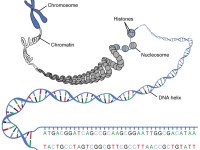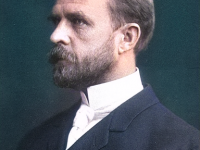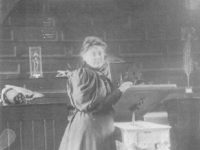Walter Sutton developed the Chromosome Theory
On April 5, 1877, American geneticist and physician Walter Stanborough Sutton was born. Sutton’s most significant contribution to present-day biology was his theory that the Mendelian laws of inheritance could be applied to chromosomes at the cellular level of living organisms. This is now known as the Boveri-Sutton chromosome theory. He furthermore provided the first conclusive evidence that chromosomes carry the units of inheritance and occur in distinct pairs. “I may finally…
Read more





